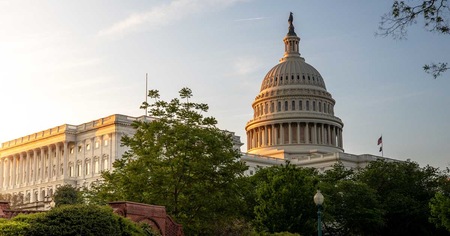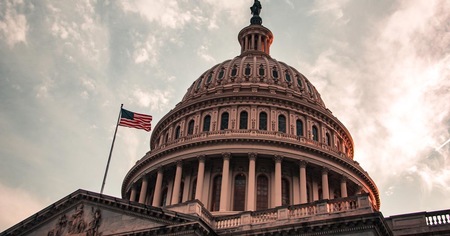How many English language learner (ELL) students does The Bridge Project serve, and from what backgrounds?
We serve an estimated 175 ELL students—predominately Latino, but we also have many students who are refugees from East Africa.
What specific challenges do your ELL students face?
A fair amount of our students are bilingual, so language isn't always the biggest barrier our students face. Their main challenges are poverty, adapting to a different culture in a new country and academic performance.
All of our students are from low-income families and live in public housing with a median household income around $10,000. Additionally, many of our refugee students come from countries with civil war and have had traumatic experiences.
Academic performance is our students' biggest challenge, and our programs offer support in reading, writing and critical thinking.
Above all, however, our students come with a tremendous amount of resilience.
How does Bridge foster relationships with families?
The Bridge Project has been serving our communities for 26 years, and we're starting to see kids in the program whose parents were participants. Localized in public housing, we're right in our families' backyards—which helps facilitate student and family participation.
Staff and families communicate on a daily basis on their children's' progress, and we employ licensed social workers to conduct home visits.
We also established a Community Advisory Board to invite parents into a leadership role in the program, and to offer them a greater say in the supports their children receive.
How does Bridge partner with local schools to offer literacy support that complements in-school lessons?
We have strong partnerships at both a local and district level. At each of our sites, staff members work with administrators, classroom teachers and other school staff to track students' academic success and setbacks, as well as any personal challenges students face.
On a district level, we're involved in data sharing and are an active partner in the Denver Afterschool Alliance initiative, which is focused on implementing positive youth development in Denver Public Schools.
How does Bridge grow with students' ages and skillsets?
The Bridge Project offers both academic and social and emotional programs, based on a comprehensive evidence-based model that we've developed over 26 years.
We offer STEM programming through robotics and coding, literacy programs, and leadership development through our Youth Engaged in Leadership and Learning Program—in which middle school students use a project-based curriculum to identify needs in their community and create advocacy for it.
We also offer college and career readiness, and case management and scholarships for post-secondary education.
What does it mean for your program to be honored? How will this help your program?
Our literacy programs have three components: reading instruction that helps students increase in their ability to read by grade level, a tutoring program for one-on-one assistance, and a component that helps them build their home libraries.
The Dollar General Afterschool Literacy Award helps us strengthen our literacy programs for ELL students because we're able to develop culturally relevant materials for students to read and be excited about. They're not just gaining English acquisition, but improving their literacy skills.
It's a great partnership for us, and we've really enjoyed the support.
Photo Courtesy of The Bridge Project




